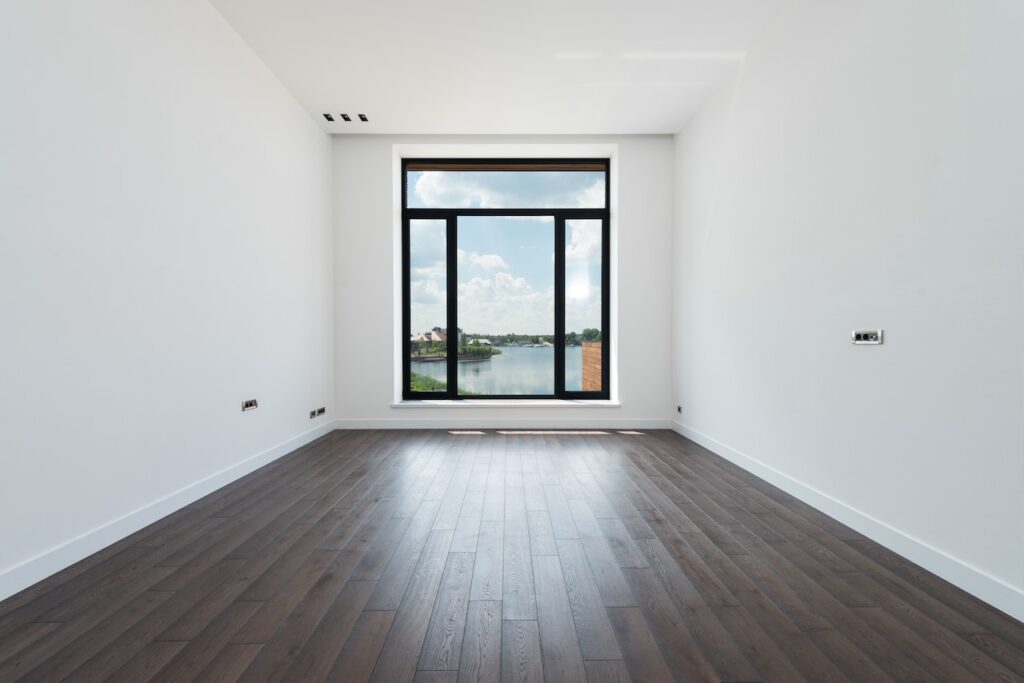The majority of homeowners are likely to be familiar with this circumstance. Your interior walls were painted in a pristine state not too long ago. Daily living has just begun to take a toll. When you look at them more closely, your walls are dirtier than you’d want them to be. Dust accumulation, grimy fingerprint smudges, and crayon smudges that escaped your notice all illuminate the shine on your walls.
How can they be washed without damaging the paint job, then?
How to Clean Painted Walls
If you’ve ever used something abrasive or harsh to scratch or dull a painted wall, you know how simple it is to do so. And once you’ve done that, your options are limited to repainting the entire surface or considering a touch-up. Therein lies a bit of a catch-22, but it needn’t be. Even the most challenging wall stains may be removed with several techniques that don’t harm the wall’s surface.
Here is a brief review of a few typical wall stains and instructions for safely and efficiently removing them, even though it is by no means an exhaustive list:
Clean Painted Walls of Dust and Dirt
- Before beginning any projects, protect the surrounding areas and floors with plastic sheets or other materials to minimize mess or damage.
- Most of the time, utilizing a vacuum with a soft brush attachment will significantly improve the sheen of your walls. Beginning at the top of the wall, gently slide by swaying from side to side.
- Take a sizable basin or bucket, fill it halfway with warm water and a few drops of mild detergent, and set it aside. Please give the soap a vigorous swirl to ensure it has completely dissolved into the water.
- Use a soft sponge to soak the soapy liquid, then wring it out until it is barely moist. Work from top to base and sideways as you gently clean the walls with a damp sponge. To keep the sponge clean, be careful to rewet it often.
- Dry the walls manually with a towel to prevent any lingering dust and filth from having time to dry back onto them. Please give it some attention each time you clean, let’s say a few square meters.
Taking a Crayon Off the Walls:
- For this, you’ll need to get a scrub (or a similar product), which may be a lifesaver for many stain-removal tasks around the house. Purchase from a nearby hardware shop or order online.
- Use a dull knife with a smooth edge to scrape as much crayon as possible off the wall’s surface. NEVER grind too forcefully or deeply.
- After that, use a brush to scrub the area where the leftover crayon is removed. It will make it much simpler to remove the crayon by helping to pull it off the surface.
- Next, add a few drops of detergent to prepare a big basin or bucket of mildly soapy water. Put a sponge in water, squeeze it out until it’s barely moist, and gently wipe the crayon marks away.
- To remove extra moisture, use a dry cloth or towel; repeat the procedure with the sponge if needed.
Marker and Ink Removal:
- A sponge is a beautiful place to start for stains like these because it frequently works well independently.
- Hairspray may occasionally erase marker and pen stains quickly and easily. Softly mist the area, then gently wipe it with a cloth or paper towel. Repeat until the spot is eliminated if it appears to be working.
- If it doesn’t help, you may try smearing toothpaste on the troublesome spot. Ten minutes after applying it, wipe it off, then evaluate the outcome. Repetition is required.
Taking out the coffee, wine, tea, etc.
- Attempt to clean up spills and splashes like this as soon as possible to prevent them from drying completely.
- Mix the same mild, soapy water mixture as previously specified.
- Wet the stain with a cloth, rinse it off, and repeat as necessary.
- Use a cloth or towel to completely dry the area before using a sponge to remove any remaining stains.
- If required, repeat the complete procedure.
Important Information
Please be advised that none of the above techniques are guaranteed to be effective. Thus, it would help if you tried them out thoroughly at your own risk. When using detergent, exercise caution because if you use too much, it can leave behind a residue that will cause your walls to collect additional dirt and filth.
You’d be astonished how many gentle baby wipes remove home stains without detergent. Last but not least, if the painted walls you wish to clean are damaged, proceed cautiously because adding even a tiny amount of moisture might hasten its degeneration.
If you want professional cleaning services, contact us at Affiliated Building Maintenance, and we’ll ensure meticulously clean walls for your building!








